Better Buildings Accelerators: Driving Uptake of Home Energy Information and Upgrade Programs Nationwide
March 14, 2016 – 2:18pm
View the original article here.
The U.S. Department of Energy’s Better Buildings Home Upgrade Program and Home Energy Information Accelerators work with partners across the nation and are making important progress in lowering the costs of energy upgrade programs, while improving overall program effectiveness and enhancing access to information on home energy performance for consumers. These efforts help homeowners save money, while creating local jobs and improving the environment.
Three partners in the Better Buildings Home Upgrade Program Accelerator are ahead of their goals.
- NYSERDA administers the New York Home Performance with ENERGY STAR program and Build It Green implements the Home Upgrade Program for Pacific Gas & Electric Company (PG&E) in California. Both organizations have streamlined home energy program data processing by adopting HPXML, a national residential energy efficiency data standard. This improvement decreases transactional costs associated with collecting and transferring energy efficiency program data between contractors and the program and gives contractors a choice in selecting a qualified energy modeling software.
- NeighborWorks of Western Vermont is a non-profit organization helping residents make energy-efficiency upgrades through its HEAT Squad program. HEAT Squad worked with the state energy efficiency utility, Efficiency Vermont, to achieve software integration across their two programs. This improvement has reduced HEAT Squad’s processing time for submitting completed energy assessments to Efficiency Vermont from 40 to 5 minutes and has allowed them to reallocate resources elsewhere in the program.
DOE’s Better Buildings Home Energy Information Accelerator is working to ensure that Americans have access to useful and reliable home energy information. Accelerator partners are committed to expanding the availability of information and developing innovative ways to use energy data to improve the home sale transaction. Recent partner achievements include:
- The Real Estate Standards Organization (RESO) accelerated their national target timeline for multiple listing services (MLSs) to adopt standard fields for home energy information from 2020 to 2018. This means that a greater number of MLSs will adopt core energy-related fields sooner. Consistent, well-defined fields will ensure greater data accuracy and encourage investment in standard forms and applications, shifting from custom designs in each market to more industry- wide tools.
- The Council of MLS launched a Green Section Council at their annual meeting to identify, document, and promote best practices related to implementing home energy information fields and other green data. The Council’s work will facilitate greater adoption more quickly across the real estate community.
- Homes.com now has approximately 100 MLSs feeding their green consumer search function. More than 300,000 listings, about 10% of the properties on the Homes.com site, are now populated with home energy information.
- The National Association of REALTORS released a “Smart Home Checklist” to help consumers understand how to securely transfer home energy devices after a home sale transaction. This is part of their larger effort to look at how smart home devices can raise the efficiency of existing homes, adding value and helping them compete with newer builds.
Accelerator partners are working together in regional pilots to pioneer adoption of standard types of energy information such as the Home Energy Score and to explore how to best apply this information when buying or purchasing a home. Pilots are currently taking place in Colorado; Illinois; Oregon; Vermont; Washington, D.C.; and the northeast region. Additionally, a new partner in the Home Energy Information Accelerator, Build It Green will lead a seventh pilot in California.
Better Buildings aims to make commercial, public, industrial, and residential buildings 20% more energy efficient over the next decade. This means saving hundreds of billions of dollars on energy bills, reducing greenhouse gas emissions, and creating thousands of jobs. Through Better Buildings, public and private sector organizations across the country are working together to share and replicate positive gains in energy efficiency. The department is currently pursuing strategies within four interrelated key areas. Read about how partners are increasingly working to catalyze change and investment in energy efficiency, and their proven solutions, in the Better Buildings Solution Center.
